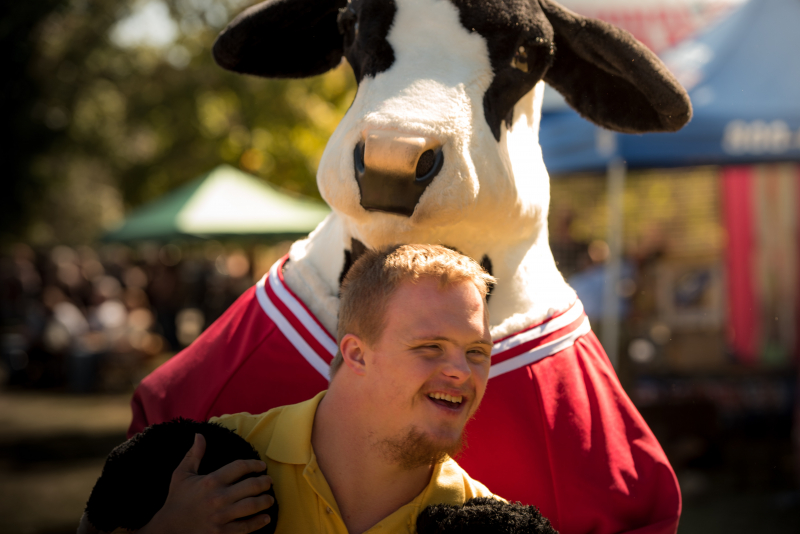The Yawn
We've all performed the basic yawn at some point. In fact, the majority of humans do it frequently, and it has also been seen in other creatures like dogs, apes, and even reptiles. We abruptly take in a lot of air, which stretches the eardrums, and then we quickly exhale. We frequently extend our limbs as well, and this action is referred to as pandiculation. Yet why do we do it still remains a mystery.
Hippocrates proposed that humans yawn to get rid of "bad air" in ancient times, which is when theories on why we yawn first emerged. Then, in the 18th century, scientists developed the marginally more rational theory that yawning was a mechanism by which the body could raise the level of oxygen in the blood, elevating our pulse rates and making us more alert. The lack of an oxygen increase after yawning in current testing has led to the dismissal of this theory as well. The currently accepted theory contends that yawning serves to cool the brain, although further study is necessary before a definitive conclusion can be drawn.












